South Korea is one of the few Asian countries blessed to experience four distinct seasons throughout the year. Both the weather and the scenery change for the Korean seasons, with the cherry blossoms in April and the summer rains in July.
There are a few differences among the regions since the coastlines are warmer than the rest of the country, but that just means you'll have different attractions to look forward to during your visit!
So, if you wanna know when and where to experience the four seasons in South Korea, then keep reading this South Korea guide.
Bloom into Spring in South Korea
When is Spring in South Korea?
The spring season in South Korea usually lasts from March until May. The entire city feels like it's in bloom with the colourful flora and vibrant greenery. It's also known as the best time to go to South Korea for its sightseeing weather!
What's the Weather Like in Spring in South Korea?
The spring months are marked by warming weather in South Korea and a temperate climate, though March is still a bit cool. As the months go by, the weather gets warmer, with temperatures ranging from 7 to 18 degrees Celsius, along with light April showers. But come May, the mild weather temperatures can get up to as high as the mid-20s during the day.
Seoul: 5 to 17 degrees Celsius
Busan: 12 to 20 degrees Celsius
Gyeongju: 3 to 23 degrees Celsius
Jeju: 10 to 20 degrees Celsius
Things to Do in Spring in South Korea
- Join the cherry blossom festivals
The most obvious mark of the spring season in South Korea is the blooming cherry blossoms and tonnes of spring festivals all throughout the country. The Jinhae Cherry Blossom Festival is one of—if not—the biggest cherry blossom festivals in the country.
Locals and tourists head to the small town of Jinhae to be surrounded by spring flowers. The festival includes about 340,000 cherry trees that transform the city into a sea of pink and white, but the best views are at Gyeonghwa train station and Yeojwacheon Stream where cherry blossom-themed snacks are also available!
2. Pick fresh strawberries
Strawberries are usually associated with the South Korean winter, but the peak of strawberry season is actually from January to April. During the season, strawberry farms all over South Korea open and even K-dols are known to visit and fill their baskets!
Places to Visit in Spring in South Korea
- Nami Island
The famed tourist spot is a great destination all-year round, as the trees and scenery change to match the seasons, but Nami Island is defo the most beautiful in the spring. The tree-lined landscape is full of green spaces and gives off an airy vibe with pink and white cherry blossoms everywhere you turn, especially at Cherry Tree Lane.
#KlookTip: According to our Nami seasonal guide, the cherry blossoms bloom from March to April, so make sure to plan your trip accordingly!
2. Jeju Island
Although Jeju is warm almost the whole year, it's cooler in the spring, which is perfect for outdoor activities around the island. One activity you can't miss out on during the spring season is the Jeju Cherry Blossom Festival, which is held around Jeonnong-ro, Jeju National University, and Jangjeon-ri, Aewol-eup.
Jeju is also one of the few places you'll be able to see the special King Cherry Blossoms, which are native to South Korea; they only last for a few days though, so be sure to check the cherry blossom forecasts beforehand.
#KlookTips for Spring in South Korea
- Although spring is ushering warm South Korean weather, it can still get a bit cold in the evenings and in certain regions, especially in early March. Pack a light coat or thick jacket to stay warm, especially if you're planning on hiking. Since spring has a mild rainy season, take an umbrella, too!
- Spring is allergy season in South Korea with the increased pollen in the air. Any South Korea spring guide will tell you to bring your own face mask and allergy medication just in case!
Cool Off in the Summer in South Korea
When is Summer in South Korea?
Koreans enjoy the summer weather from June to August. It's the best time to visit South Korea to get away from the Aussie winter as Korea's beaches begin to open. Aside from that, the country's summer festivals, like the Waterbomb Festival and Mud Festival, easily help them stay cool for the season.
What's the weather like in the summer in South Korea?
The average temperature in summer only changes slightly from spring, but the biggest difference during this Korean season is the humidity. The temperatures can range between 23 to 30 degrees Celsius, even in the evenings (phew!). Summer also happens to be the wettest season in South Korea, with some rainfall around mid-June to mid-July.
Seoul: July is the hottest month; 19 to 29 degrees Celsius
Busan: 22 to 29 degrees Celsius
Gyeongju: 18 to 29 degrees Celsius
Jeju: 18 to 29 degrees Celsius
Things to Do in Summer in South Korea
- Hit the beach
If you just feel like chilling by the beach or catching a tan, then head to Haeundae Beach. The popular beach can get crowded, but it's all for good reason. The pure white sands are great for strolling along or for lying down, especially at sunset when the beach turns into a pretty orange!
2. Savour Korean summer dishes
So whether you're craving rice, noodles, or soup, there's a Korean summer dish waiting for you! The top three dishes locals (and you will) love during the summer months are Naengmyeon (cold beef-noodle dish), Kong-guksu (soybean soup with wheat flour noodles) and Patbingsu (shaved ice dessert topped with red bean, nuts, and fruits).
Places to Visit in summer in South Korea
- Hotel Aqua Palace Waterpark
The Hotel Aqua Palace is both a hotel and a waterpark in one! It's South Korea's only seaside waterpark, and offers views of Gwangandaegyo Bridge and Gwangalli Beach as you splash around the indoor water-land. Brave their 90m slide, or chill at their wave pool and massage pools.
Take advantage of free admission into the waterpark and several other attractions with your Visit Busan pass. Select a 24-hour or 48-hour package and get your fill of Busan's best sights and experiences without the hassle or bank-breaking prices.
2. Gwanaksan Mountain
Enjoy a refreshing time with nature through a camp or a hike to Gwanaksan Mountain—it's a popular day trip for Seoulites! There are several scenic hiking trails that provide stunning views of the mountain range, unique rock formations, and Seoul. But if the humid weather in Seoul gets to you during your hike, the best thing to do here is to take a dip in the mountain streams, which are only open during the summer season in South Korea.
#KlookTips for Summer in South Korea
- If you're planning to visit one of the beaches, note that Koreans tend to be more covered up while swimming. Women don't usually wear bikinis and men usually have rash guards on. Also, since it's gonna be rainy, opt for water shoes, crocs or sandals!
- By protection, we mean insect repellent, sunscreen, and umbrellas. As you have fun in the outdoors, so are the mosquitoes, which is why you need to have your repellent—and sunscreen—handy during hikes, picnics and whenever you're outdoors. With the summer months also being the rainy season, it's smart to bring an umbrella of your own, too!
Fall for Autumn in South Korea
When is autumn in South Korea?
The autumn season in South Korea starts in September and ends in November. It's one of the best times to go to South Korea because the country transforms into a vibrant mix of red, orange, and yellow thanks to the gorgeous autumn foliage.
What's the Weather Like in autumn in South Korea?
The weather in South Korea is blessed with sunny afternoons and low rainfall during autumn. This season lets you look forward to mild weather of around 19 to 21 degrees Celsius, but you might need a light jacket to keep you warm, especially at night!
Seoul: 6 to 20 degrees Celsius
Busan: 16 to 20 degrees Celsius
Gyeongju: 12 to 19 degrees Celsius
Jeju: 18 to 20 degrees Celsius
Things to Do in Autumn in South Korea
- Experience the fall foliage from new heights
Autumn in South Korea is famous for the scenery of burnt orange hues, especially among the mountains and national parks. The Mancheonha Skywalk offers you a view of the fall foliage at Namhangang River and the surrounding mountains from 80–90-metres high. Test your courage and walk amongst the clouds with their glass-bottom walkway, zipline, alpine coaster, and paragliding experience to please your thrill-seeking heart!
2. Rent a hanbok for a photoshoot
K-drama fans, this one's for you! Recreate your favourite historical dramas by renting a hanbok, getting your hair done with a daenggi (decorative ribbon), and posing amongst the maple and ginkgo trees. Gyeongbokgung Palace and Changdeokgung Palace are two of the grandest places to see the autumn foliage. Plus, you can enter Gyeongbokgung Palace for free if you're wearing a hanbok!
Places to Visit in Autumn in South Korea
- Seoraksan National Park
Seoraksan National Park is home to the highest mountain in Korea, Seoraksan. The mountain's name "Seorak" means snowy peak, but the park is actually the first place to see the effects of the Autumn weather in South Korea. The leaves start changing from green to red to gold by late September and hit their peak by mid-October! You'll have to hike up the mountain to see the full view, but the dramatic mountain peaks, unique rock formations, and valleys are worth it!
2. Garden of Morning Calm
The Garden of Morning Calm is heaven for nature lovers. True to its name, the sprawling gardens release a calming vibe, with trees and flowers of all kinds surrounding every inch of the place. There are 20 themed sections of different kinds of flowers connected by scenic walkways that are covered in autumn hues during the season. There are also benches and viewing points you can take a break at to appreciate the views and snap some photos!
#KlookTips for Autumn in South Korea
- Wanna visit South Korea in September and October? Stay cosy with a light jacket, but a thicker coat is a better idea if you're visiting in November.
- If you plan to visit South Korea in September, take note that the Chuseok Festival usually takes place within the month, and some stores and attractions may be closed.
Cosy Up in Winter in South Korea
When is Winter in South Korea?
The winter months in South Korea last from December to February. Although it's an off-peak tourist season with dry weather, it's the best time to visit South Korea for little crowds, off-season rates on attractions, traditional bathhouses, and winter sports!
What's the weather like in Winter in South Korea?
Northern areas are colder than the southern parts, like Jeju, but expect the weather in South Korea to be around 0 to -10 degrees Celsius. There's also occasional snowfall in the cities, but it's especially heavy in the mountainous regions.
Seoul: -10 to 10 degrees Celsius
Busan: -2 to 10 degrees Celsius
Gyeongju: -3 to 8 degrees Celsius
Jeju: 2 to 10 degrees Celsius
Things to Do in Winter in South Korea
- Hit the slopes
The best part of winter season in South Korea is skiing and snowboarding! The country has hosted the Pyeongchang Olympics before, so you know these slopes are golden. If you don't wanna travel too far from the city, the Oak Valley Snow Park is perfect since it's less than two hours away from Seoul. It's one of the best ski resorts for beginners, as you can book lessons with expert instructors on wide slopes and gentle inclines. Its laid-back atmosphere also makes it great for families!
2. Lounge at a bathhouse
Escape from the cold to a jjimjilbang, a traditional Korean bathhouse. They're fully equipped with different ways to warm up during the freezing winter, such as sauna chambers, sleep rooms, and spa treatments. They even have restaurants or food stalls where you can get classic Korean dishes, like kimchi stew, seaweed soup, and tteokbokki while you relax.
Places to Visit in Winter in South Korea
- Hwacheon
The festivals in South Korea don't end with autumn; winter also has its own interesting festivals you won't wanna miss out on, like the Hwacheon Sancheoneo Ice Festival! The festival celebrates the Mountain Trout and the 100-year-old tradition of ice fishing for fresh trout. You can even grill and eat your fresh catch right after.
2. Cheongsong Ice Valley
Recreate scenes from the movie "Frozen" at Cheongsong Ice Valley. The unique attraction's natural beauty features a 60-metre-tall ice wall, which is actually a waterfall that's frozen over because of the weather. It's an excellent spot for pics that truly capture the winter season in South Korea. They also host ice climbing festivals and activities within the area.
#KlookTips for Winter in South Korea
- It's a given that you'll have thick winter coats, boots, and thermals on, but in case that's not enough to keep you warm, hot packs will be your best friends. They're available in every convenience store and can last up to 12 hours or more, but there are also rechargeable hot packs that you can order ahead of time.
- The Winter weather will not only keep you cool, it can also dry your skin and lips, so make sure to have your lip balms, lotions, and petroleum jelly handy.
Each season in South Korea definitely has its own charm, with its own festivals, seasonal attractions, and special sceneries. No matter what you're into, you'll fall in love with the activities and sights of every season in South Korea!
Get around from the airport to your hotel and from one attraction to another with the Klook T-Money Card—use it on public transportation, for vending machines, and at convenience stores with one scan!
Written by: Gabby Mendoza

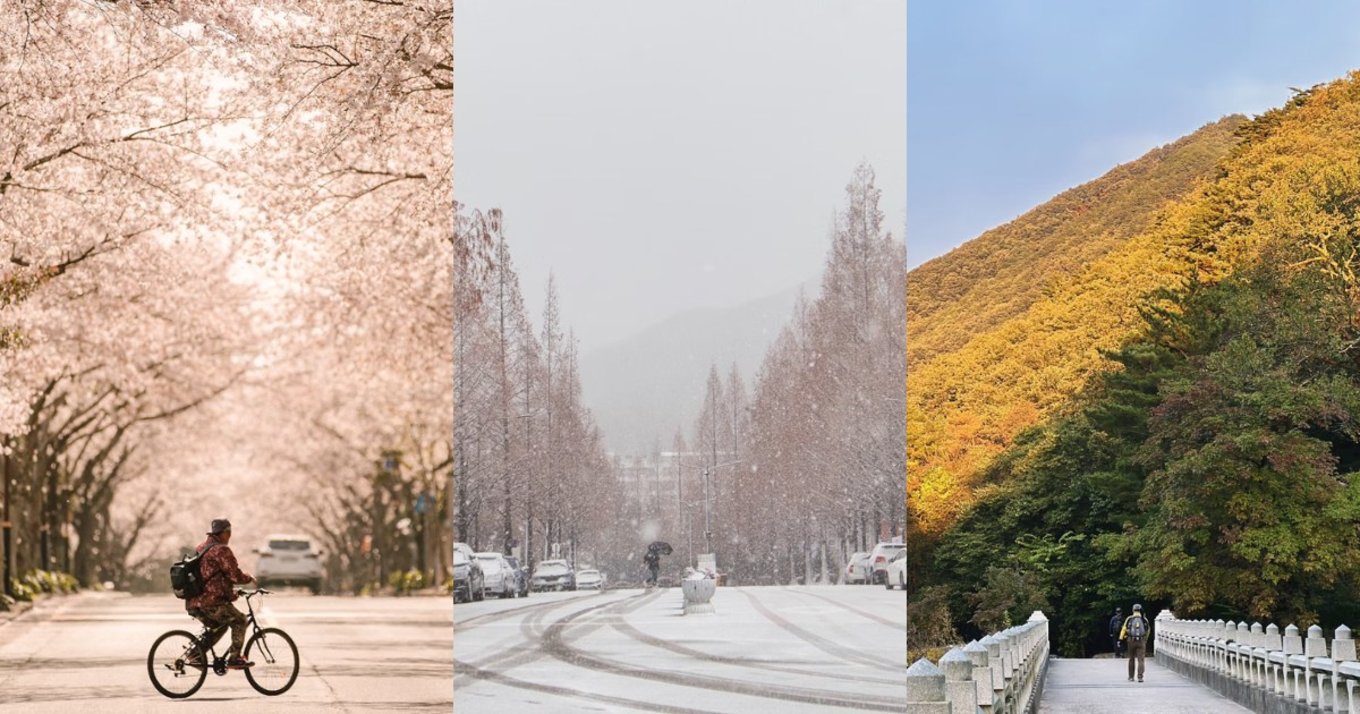
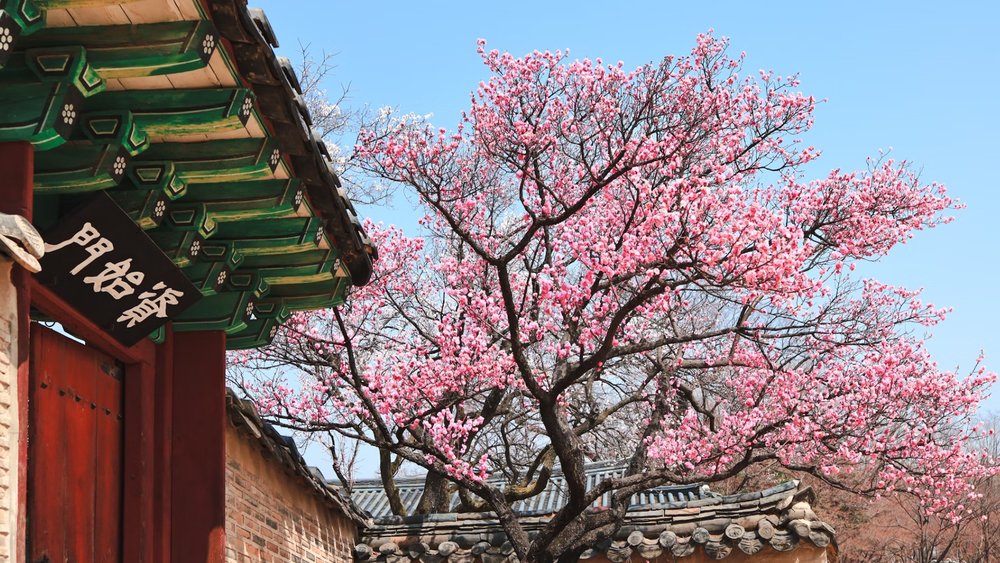
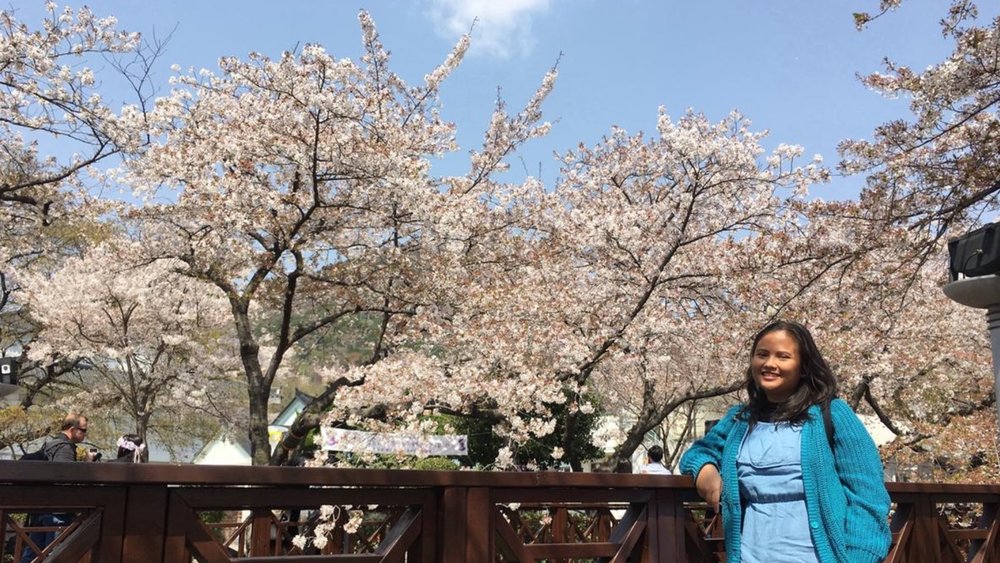
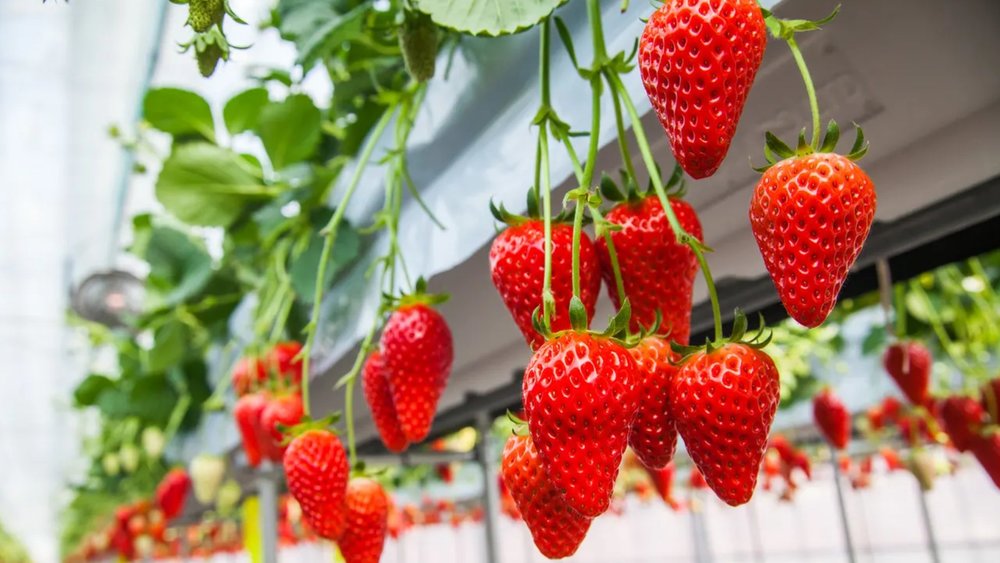
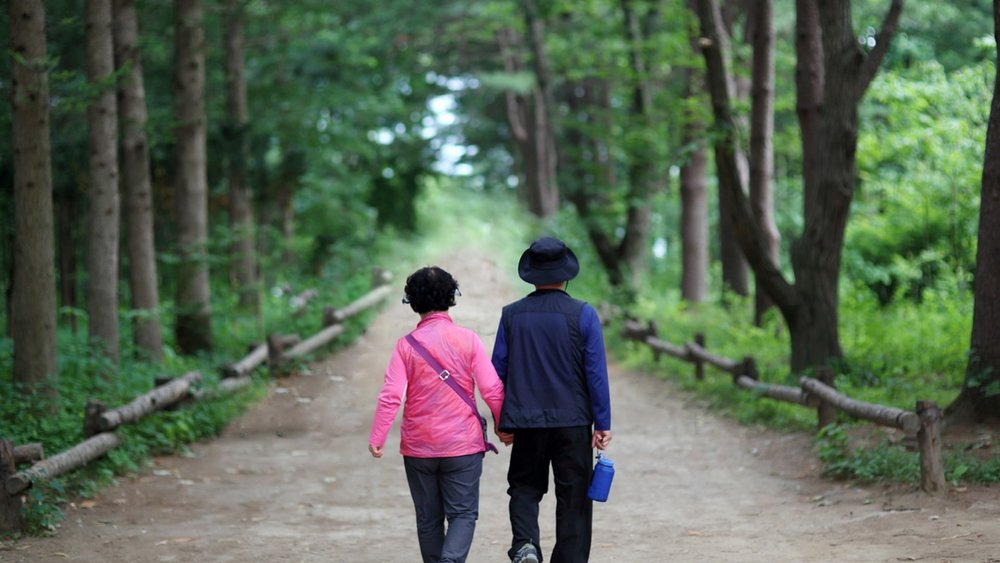

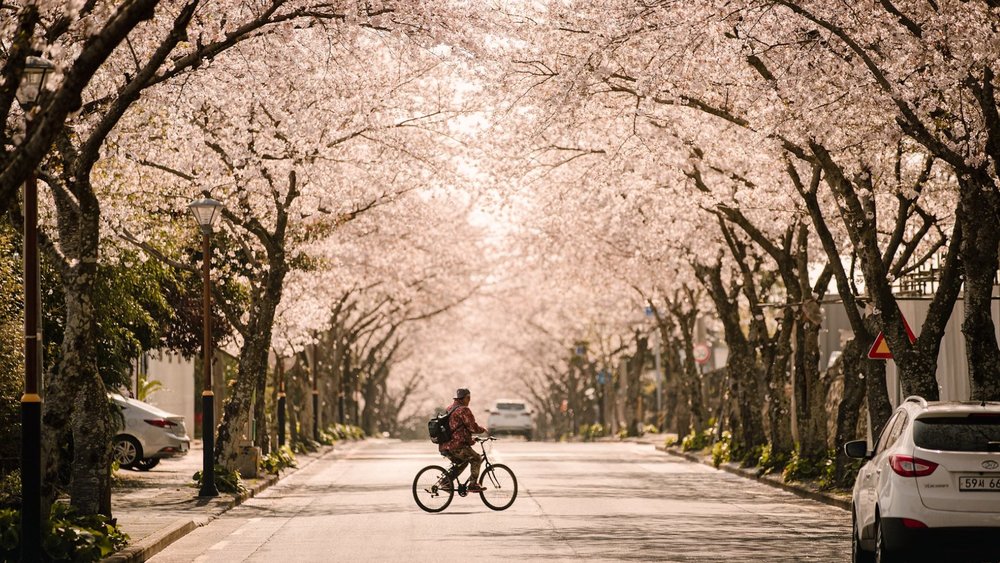
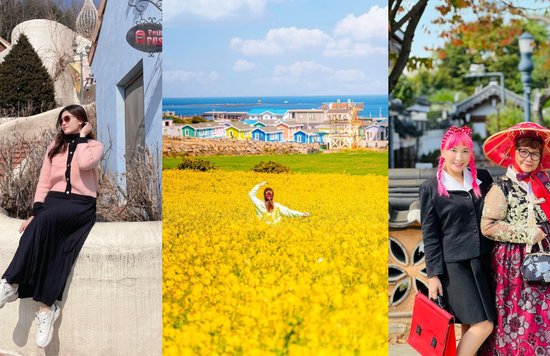
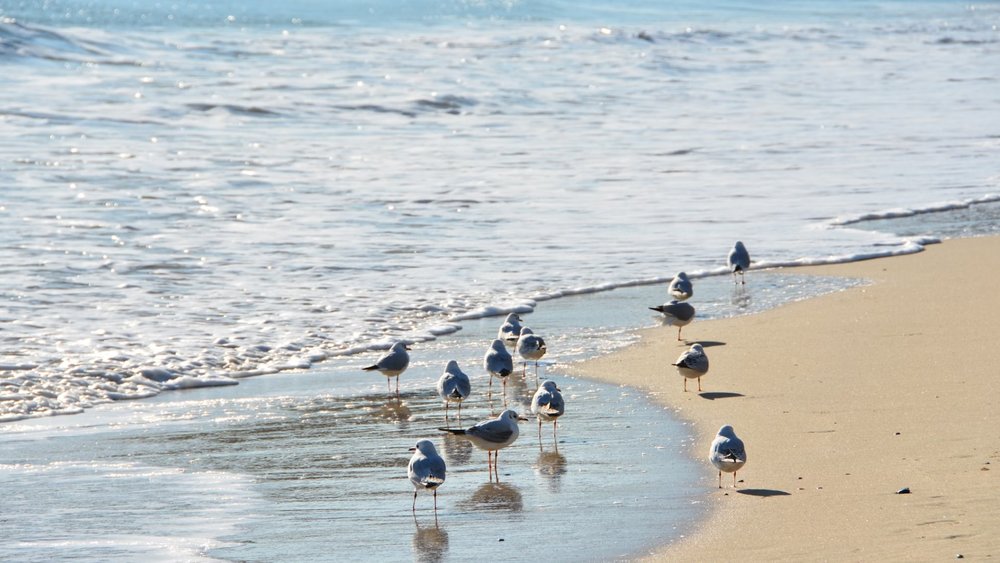
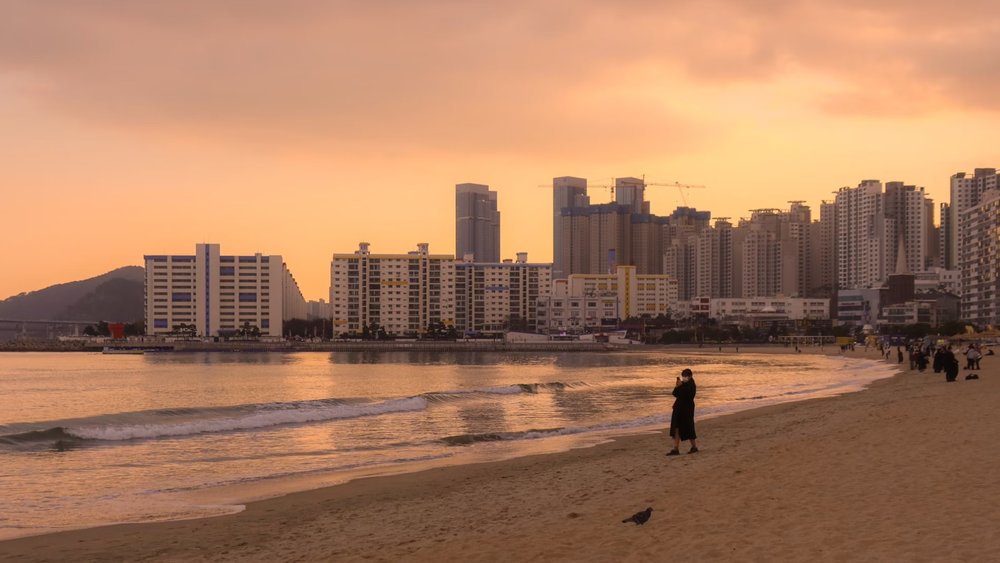
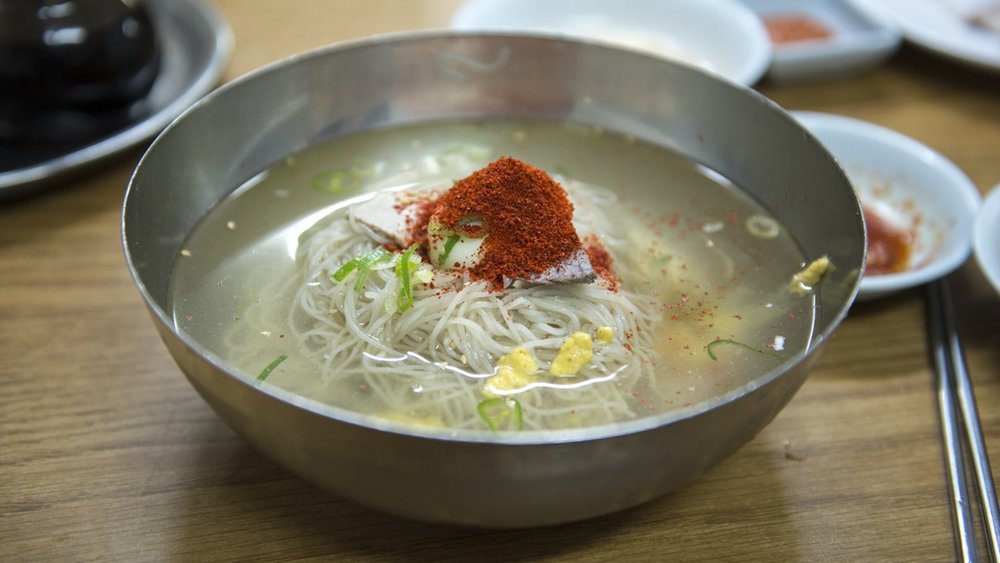
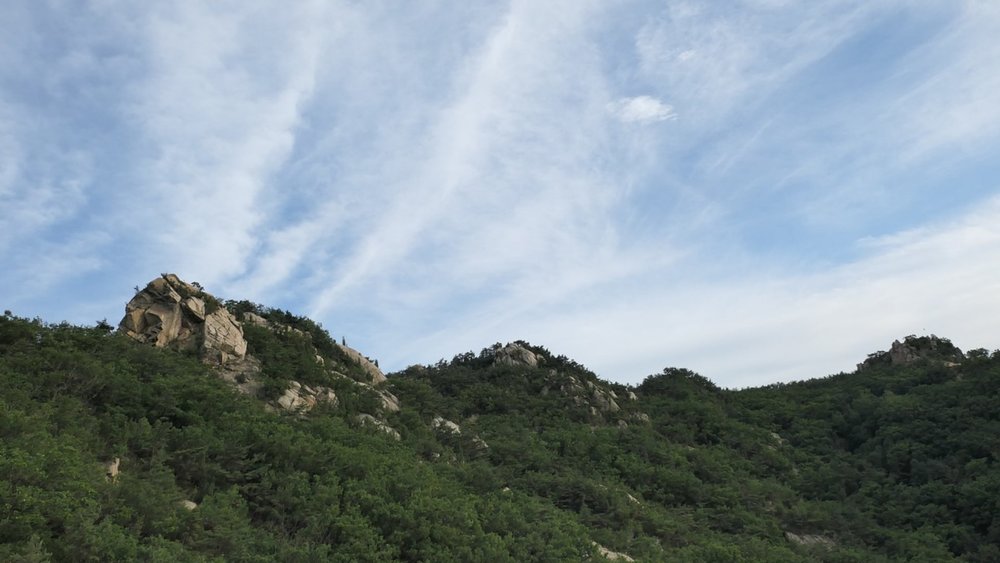
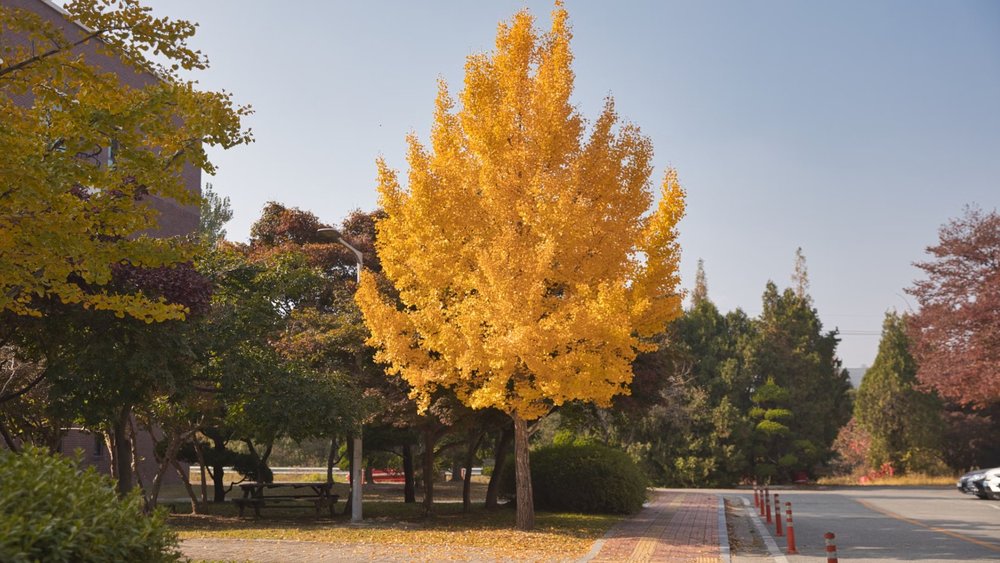
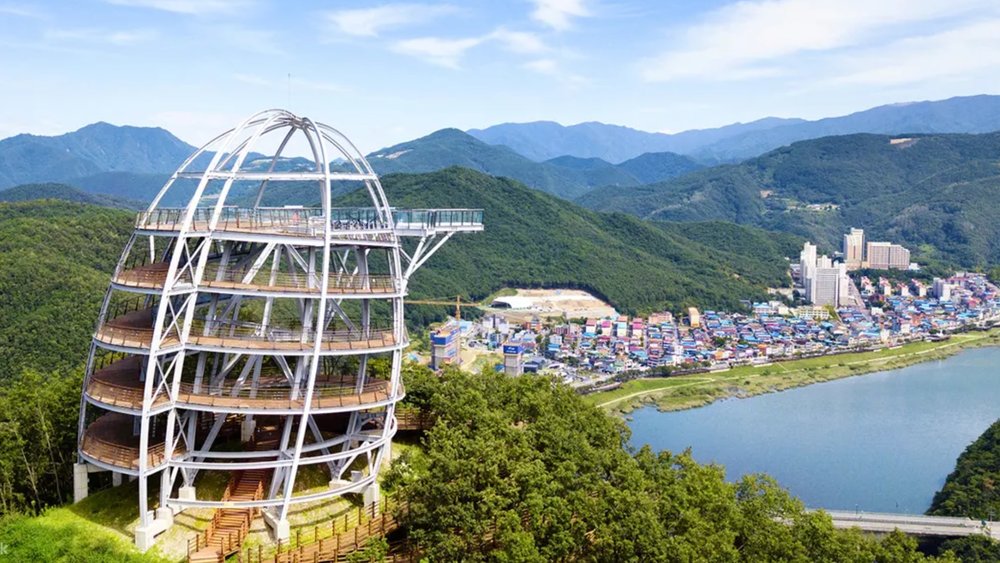
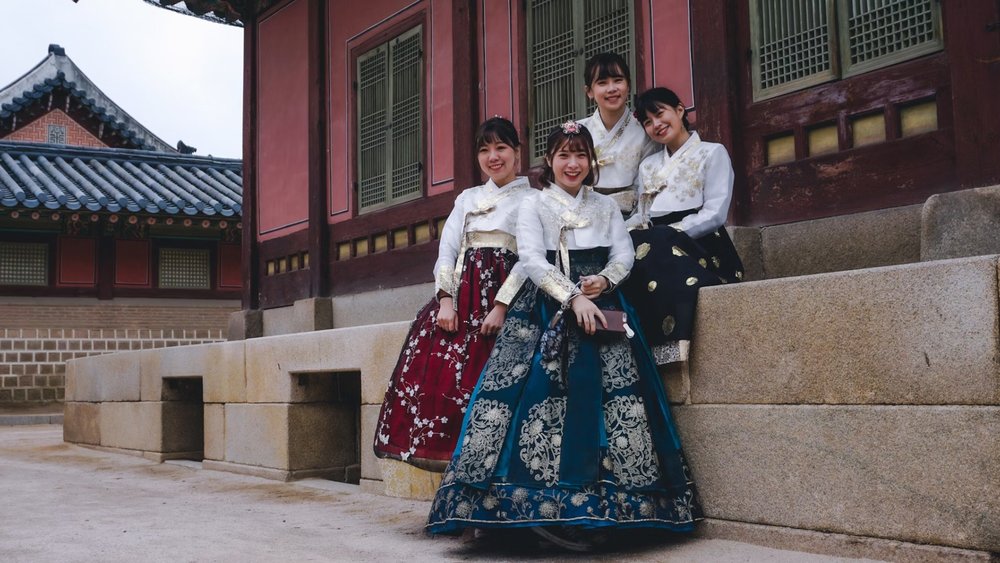
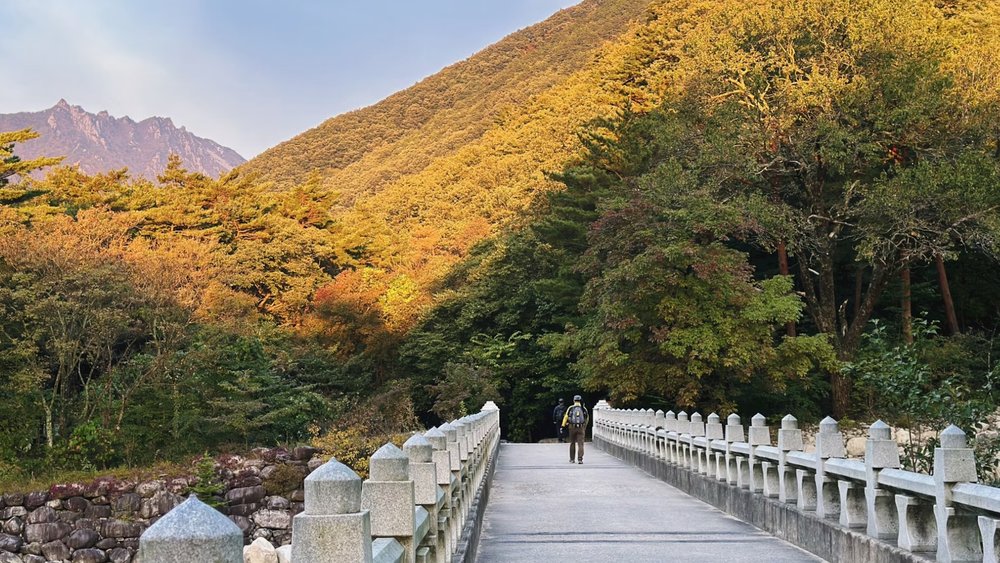
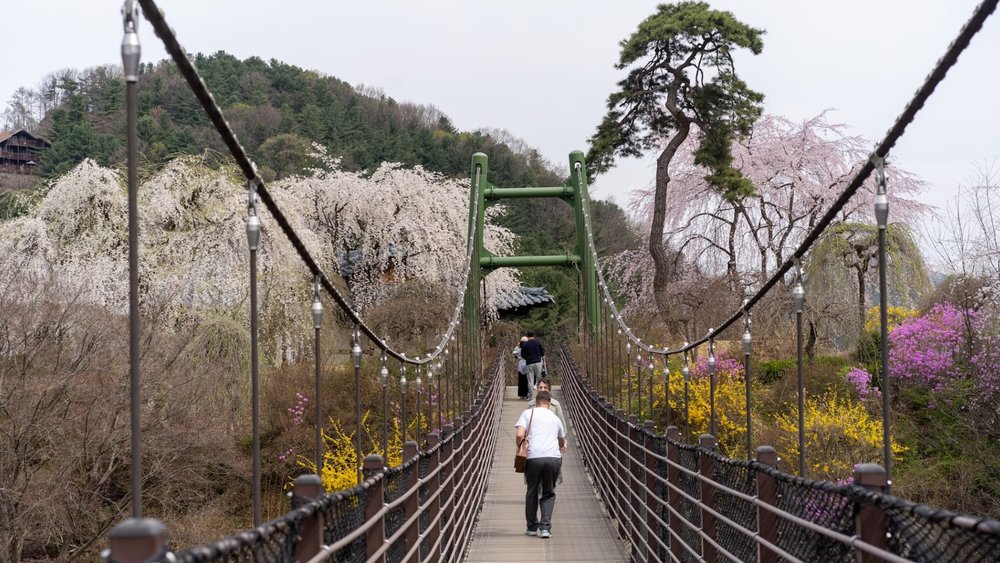
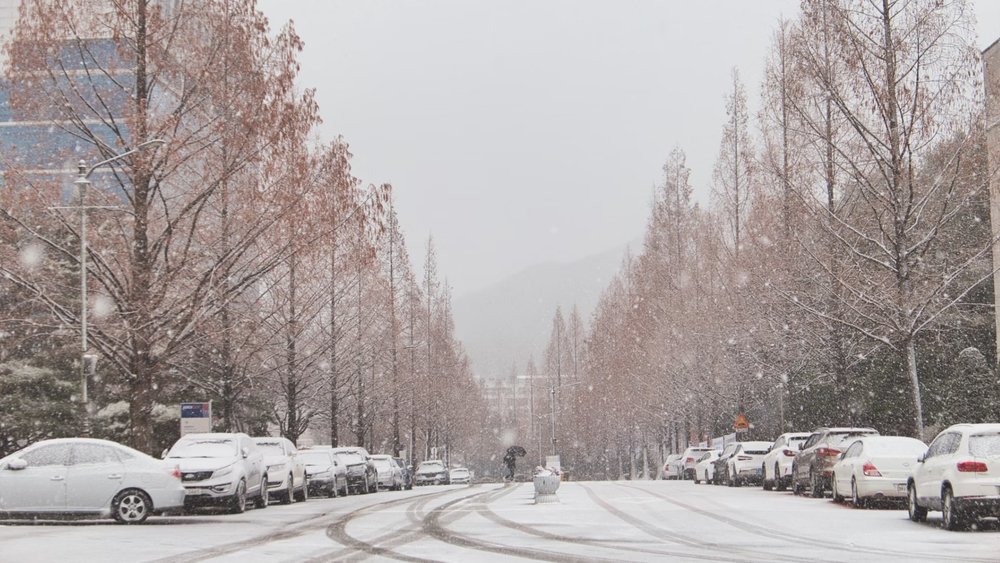
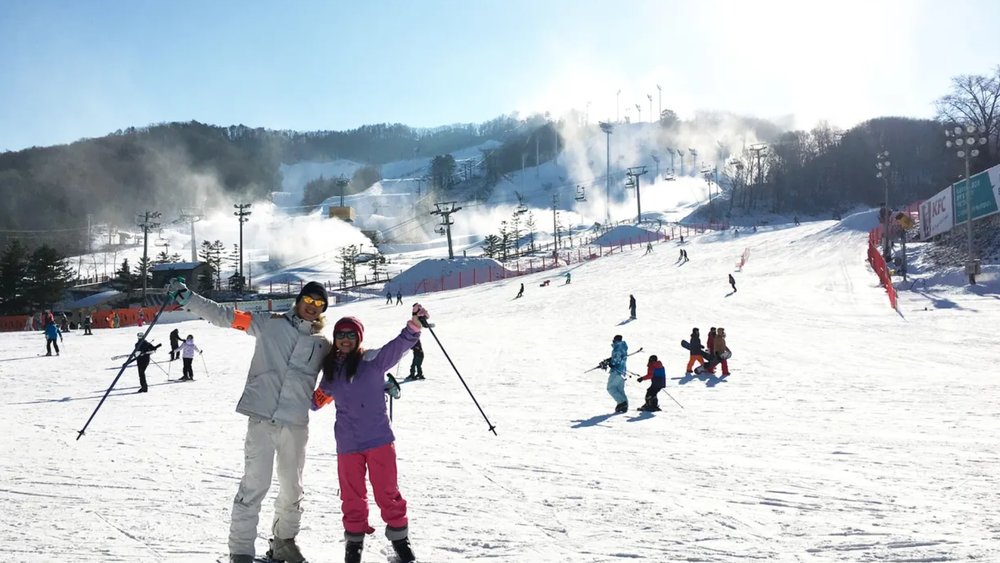
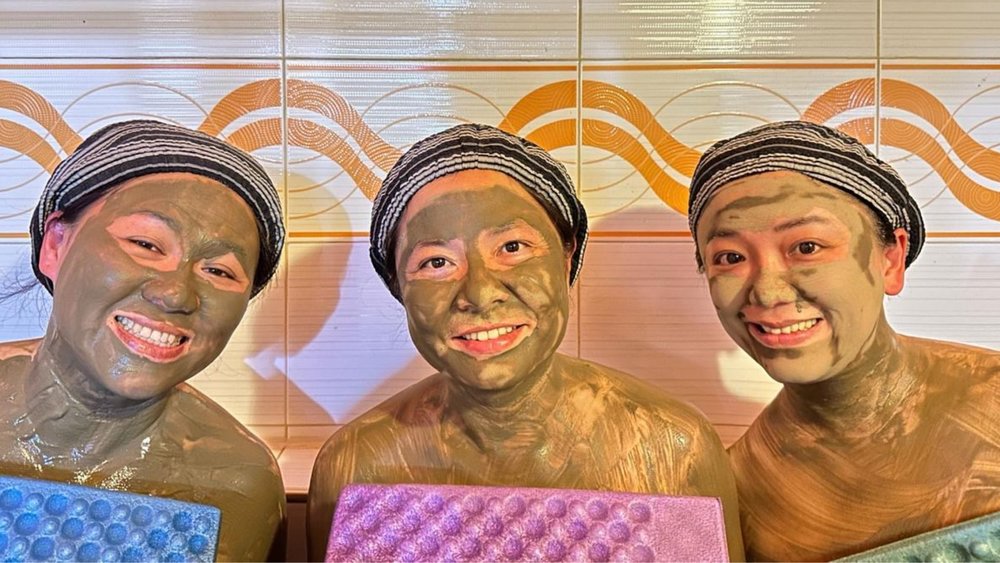
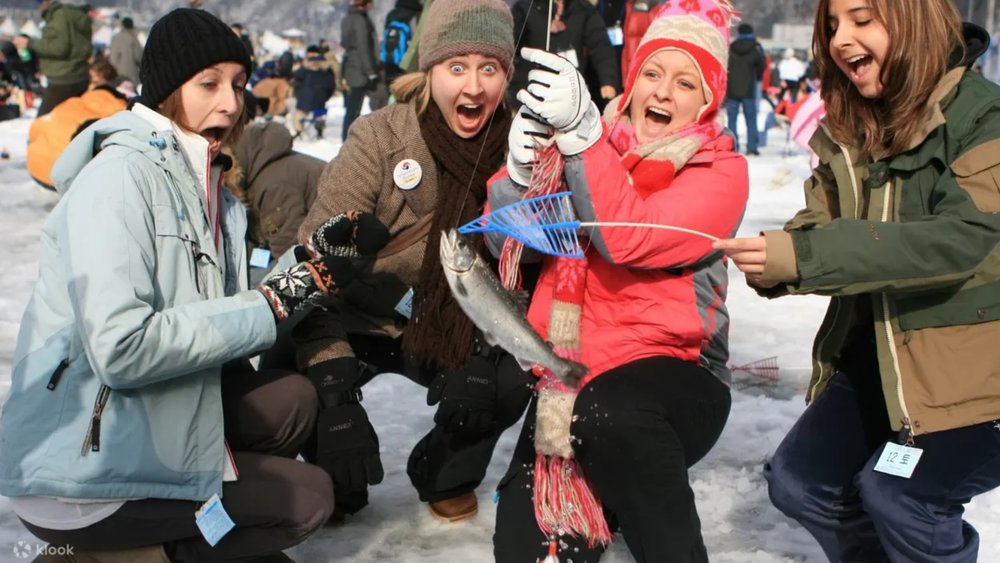
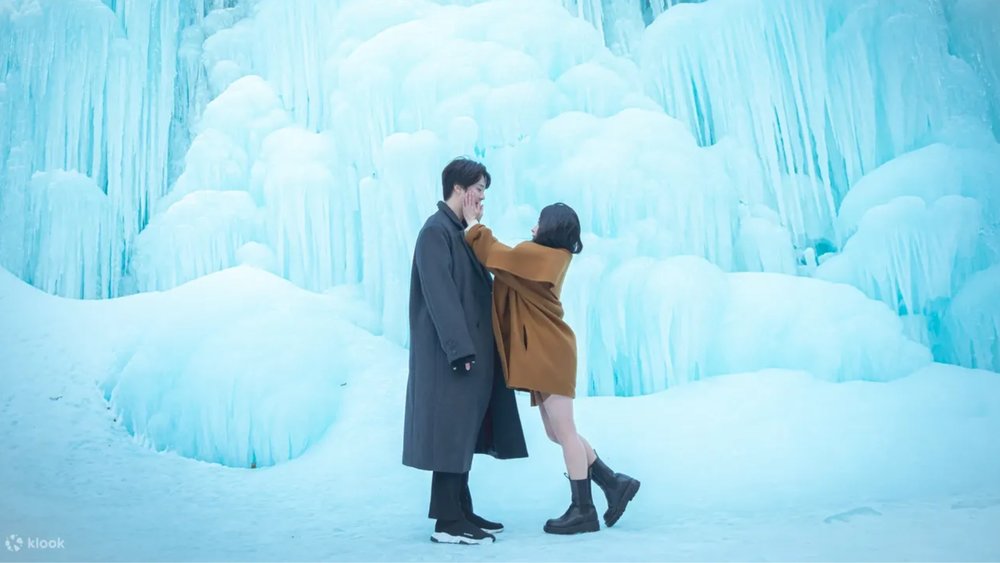




![[Updated] Complete List Of Official Nationwide MCO SOP 2021](https://res.klook.com/image/upload/fl_lossy.progressive,q_85/c_fill,w_160,h_104/v1633858858/blog/iso56uzsphmdguixkvzh.jpg)
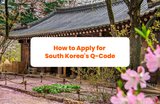
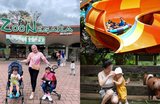


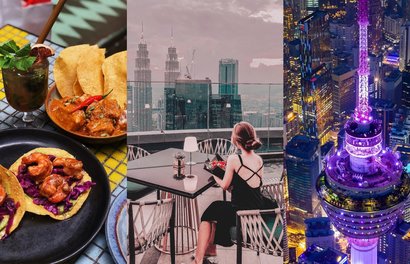
![[Updated] Complete List Of Official Nationwide MCO SOP 2021](https://res.klook.com/image/upload/fl_lossy.progressive,q_85/c_fill,w_410,h_264/v1633858858/blog/iso56uzsphmdguixkvzh.jpg)







